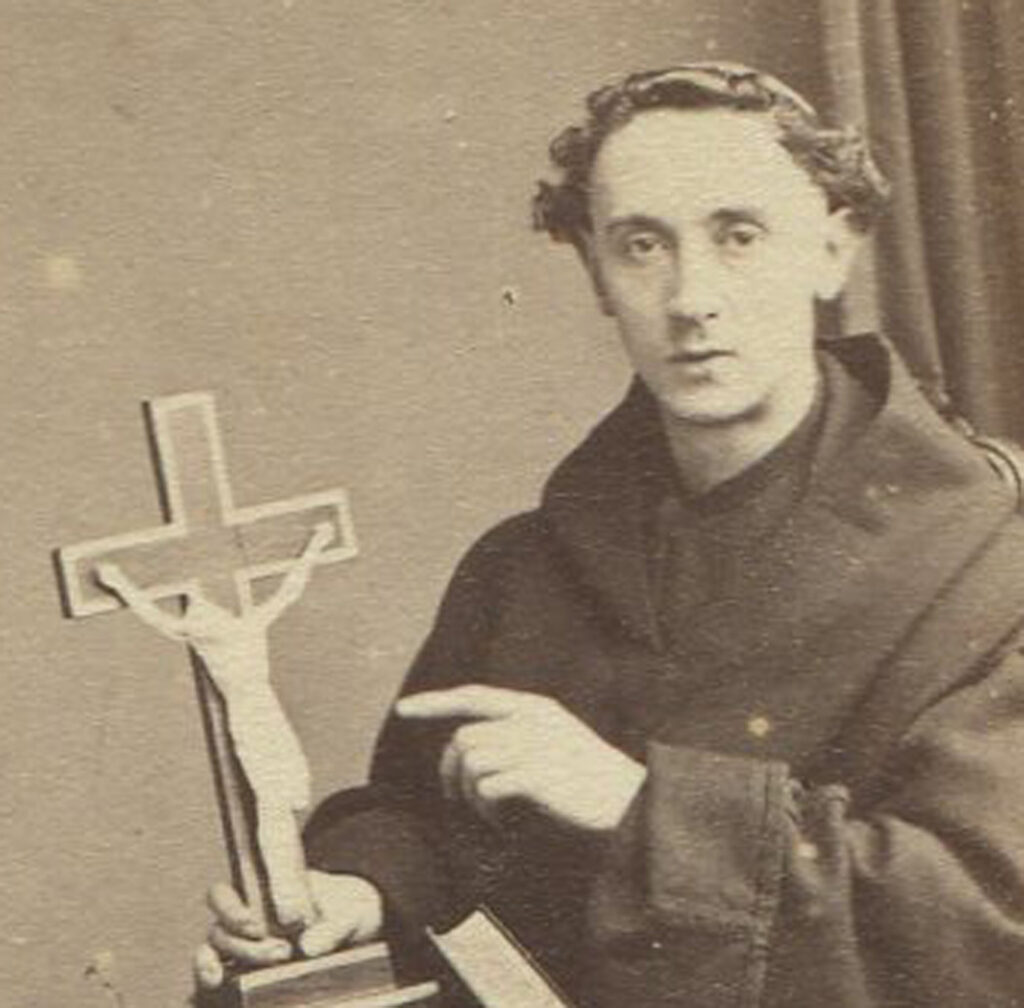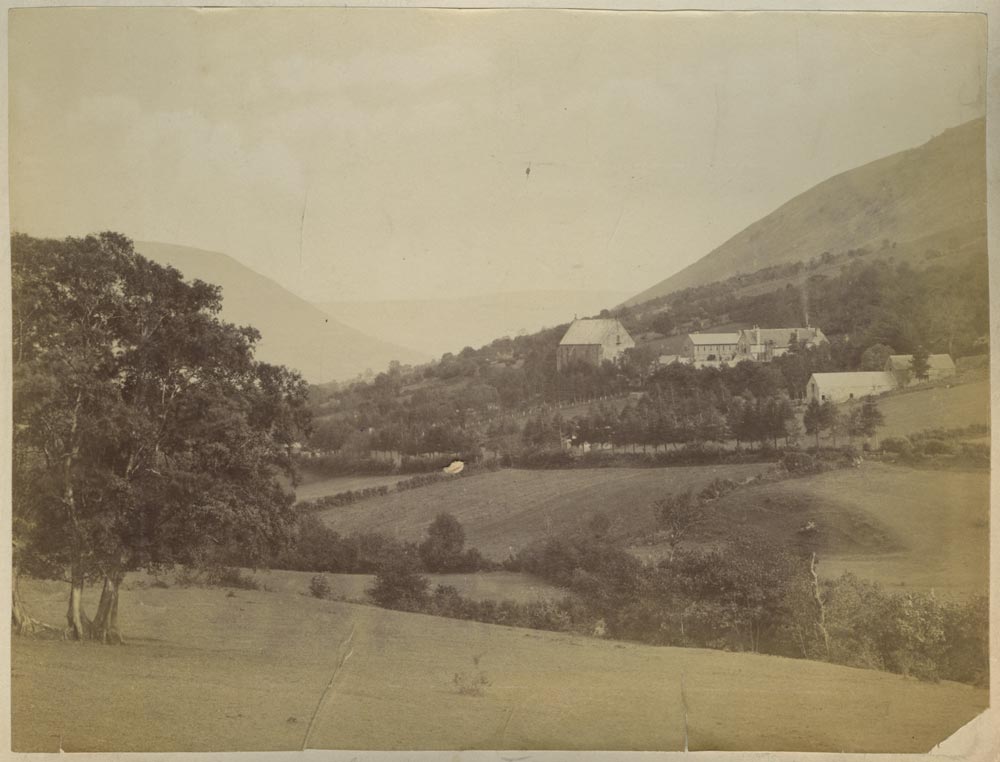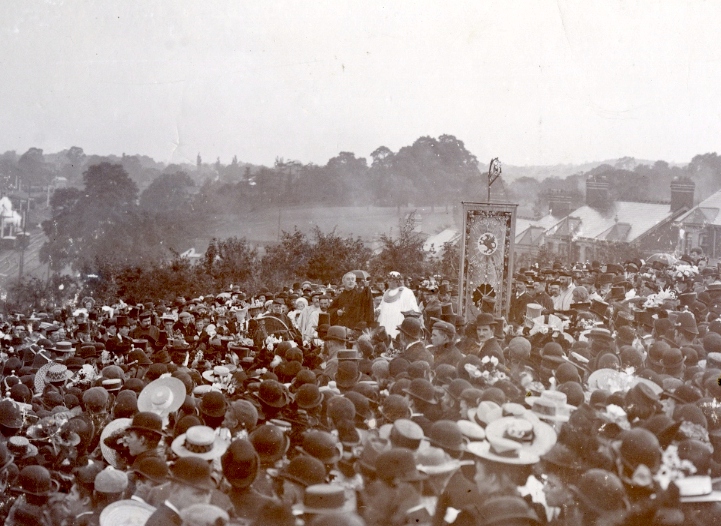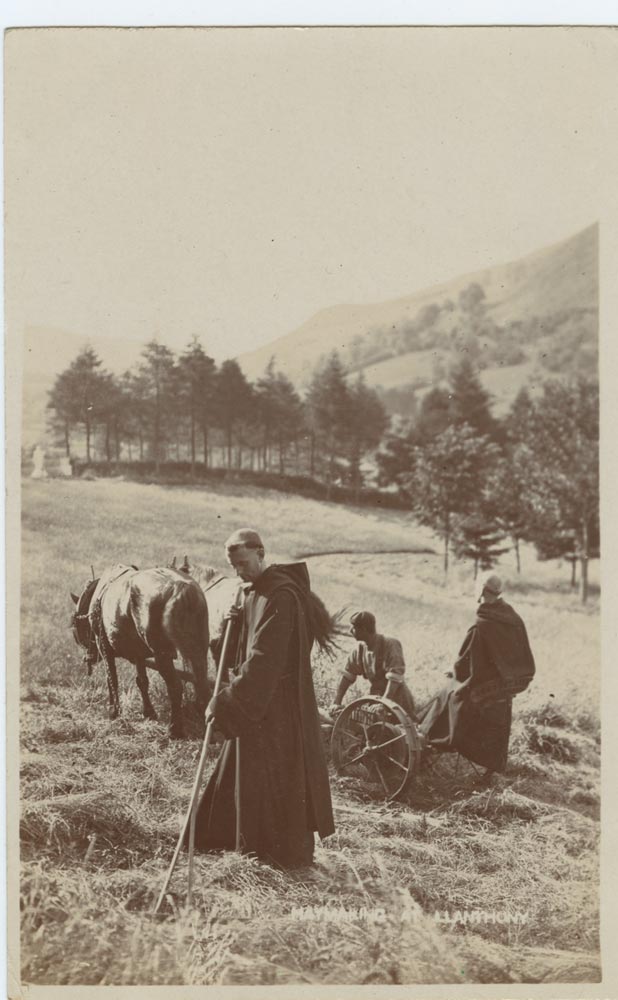Father Ignatius

About Father Ignatius
Father Ignatius was born Joseph Leycester Lyne on 23 November 1837 in London. He was an Anglican Benedictine monk who led a movement to revive monastic life within the Church of England. He took this religious name as a symbol of his mission and dedication. He died on 16 October 1908, leaving behind a controversial yet significant legacy.
Born in Trinity Square, London, he was the second of seven children to Francis Lyne and Louisa Genevieve Lyne. At St Paul’s School, he suffered severe corporal punishment, which deeply affected his nervous health. Afterward, his schooling continued at private institutions in Spalding and Worcester. He developed advanced sacramental views early in life.
Education & Calling
He studied theology at Trinity College, Glenalmond, under the mentorship of Bishop Robert Eden and William Bright, impressing the warden John Hannah with his fervent piety. In 1860, he was ordained as a deacon under strict conditions, remaining as a deacon and refraining from preaching for three years. His early ministry included founding the “Society of the Love of Jesus” for men and boys.
Deep relationships with Edward Bouverie Pusey and Priscilla Lydia Sellon were critical. Pusey offered spiritual guidance; Sellon loaned him a house to launch monastic community life and even gave him his initial monastic habit. While convalescing in Bruges, he immersed himself in the Rule of St. Benedict, strengthening his monastic resolution.
Community Foundations & Vision
Returning to London in 1861, he served at St. George’s-in-the-East and St Saviour’s mission, adopting the Benedictine habit. His attire was controversial, challenged by his vicar Charles Lowder, which led to his resignation after nine months rather than abandoning his habit.
In 1862, he published a pamphlet urging monastic revival in the Church of England. He founded a monastic-style community in Claydon, Suffolk, meeting public resistance and Protestant hostility. His objectives included restoring ascetic prayer life, conducting home missions, offering retreats for clergy, elevating devotion, and promoting Christian unity.
Expansion & Struggles
He established religious communities for women at Laleham and Feltham. From 1866 to 1868, he preached in London, but his conduct led to suspension by Bishop Tait. In 1869, he bought land at Capel-y-ffin in South Wales and began building Llanthony Abbey, funding it through preaching tours. The project, though striking, was never fully completed.
His life was beset by legal, familial, and institutional conflicts. In 1873, he was summoned before a judge over a detained novice at Llanthony. His father publicly denounced his practices after his mother’s death in 1877. Additionally, controversies swirled around allegations of impropriety within his community, with publications stirring public scandal.
Ordination & Identity
Although ordained only as a deacon in the Church of England, in 1898 he accepted priestly ordination from Joseph René Vilatte, an Old Catholic bishop—a move that further isolated him from mainstream Anglicanism. He had briefly hoped to establish an “Ancient British Church,” blending ritual and Welsh cultural identity.
Missionary Work & Later Developments



Death & Legacy
Father Ignatius died unmarried in Camberley on 16 October 1908 and was buried at Llanthony Abbey. His abbey was initially left to his followers, then passed to the Anglican Benedictine community at Caldey in 1911. Eventually, the site was cared for by the Father Ignatius Memorial Trust, which preserves his legacy through archives and annual pilgrimages.
Father Ignatius
- Privacy Policy
- Terms & Conditions